The recent agreement between SAG-AFTRA and video game studios, heralded as a landmark achievement, might seem like a significant stride for performer rights in a rapidly evolving digital landscape. Yet, beneath this veneer of progress lies a troubling reality. The 95 percent approval rate, while impressive, masks an industry that remains fundamentally unprepared for the deeper implications of AI integration. The contract’s promises of protections against AI exploitation are, upon closer scrutiny, largely superficial. This spectacle of faux-modernism risks reinforcing a false narrative that the entertainment industry is embracing ethical standards, when in truth, it’s merely buying time while the technological juggernaut continues its relentless advance.
What has been hailed as a victory for performers reveals an industry still caught in incremental reforms instead of genuine structural change. The legal safeguards introduced are, at best, temporary shields rather than impenetrable barriers. AI’s encroachment looms larger, threatening to displace human creativity with machine-generated replicas. The industry, incentivized by profit motives, appears to be engaging in performative activism—highlighting minor contractual concessions while disregarding the systemic issues enacted by unchecked technological progress.
The Digital Frankenstein: Perpetuating Exploitation Under the Guise of Innovation
As the industry races to incorporate AI into every facet of entertainment, we confront a darker reality: digital likenesses are increasingly treated as commodities. The loopholes in this new contract suggest that performers’ voices and images can be exploited without meaningful pay or consent—an unsettling nod to technological unchecked capitalism. The inclusion of “disclosure” and “consent” clauses appears compassionate on paper but ultimately opens a Pandora’s box of potential abuse, especially when companies can suspend agreements with minimal oversight.
This approach reinforces a dangerous precedent—treating digital avatars and AI-generated content as assets ripe for extraction rather than expressions of human artistry. The illusion of protecting performers, especially posthumously, is superficial and prone to manipulation. Resurrecting the likenesses of stars like James Earl Jones, under weak consent protocols, is emblematic of a broader industry tendency to commodify legacy, stripping artistry of morality and integrity. It’s a blatant skewing of priorities where profit maximization trumps ethical responsibility, ultimately undermining the very notion of creative ownership.
Technological Progress or Ethical Decline?
The rhetoric surrounding the contract suggests a commitment to moral standards and performer dignity. Yet, the reality is more complex. Indeed, safeguarding performers’ interests in the face of AI’s rise should be central to this discourse—but the current measures fall short of what is truly necessary. The idea that artists should maintain control over their digital likenesses amidst AI’s rapid evolution isn’t just an ideal; it should be a legal imperative. Instead, what is presented as “protections” are fragile and easily circumvented.
Furthermore, this contractual compromise masks an industry willing to yield to technological advances that may eventually erode the value of human talent altogether. If the industry truly prioritized morality over profit, it would be cautious about the unregulated creation of AI replicas, especially of performers who are no longer able to defend their likenesses. Instead, it appears that commerce and innovation are prioritized over long-term artistic integrity and respect for human creators—more a concession than a commitment.
An Opportunity for True Leadership or Just Political Posturing?
The successful negotiation signifies a potential turning point—a moment where the industry could choose to lead ethically. Unfortunately, the current compromise leans toward superficial reforms that serve as bandages on a bleeding wound caused by relentless technological encroachment. True leadership would require embracing technology responsibly and committing to standards that protect human contribution from being drowned out by machines.
The industry has an opportunity to lay down firm ethical principles—treat digital representations of deceased performers with dignity, set strict boundaries on AI usage, and forge a transparent relationship between creators and companies. Instead, what we see is mimicry of reform, driven more by PR interests and the fear of backlash rather than a genuine desire to balance innovation with morality.
The question remains: will this agreement be the foundation of a sustainable, artist-first future, or just another industry stunt that temporarily placates performers while accelerating the cycle of exploitation? The answer points to the latter, revealing an industry that still views technology primarily as a tool of profit rather than a partner in authentic artistic expression. The future of entertainment will depend on whether stakeholders can resist this temptation and prioritize respect for human creativity above all else.
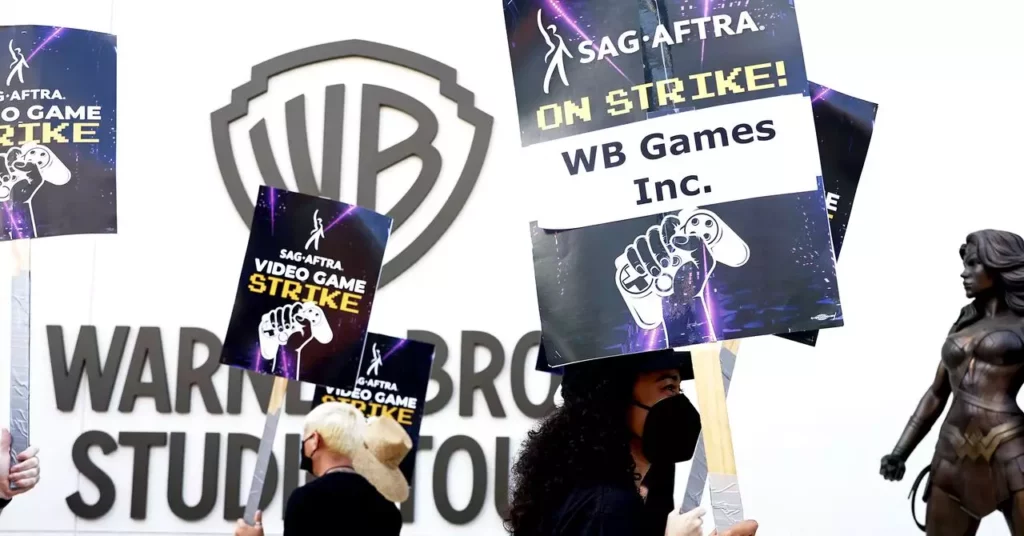

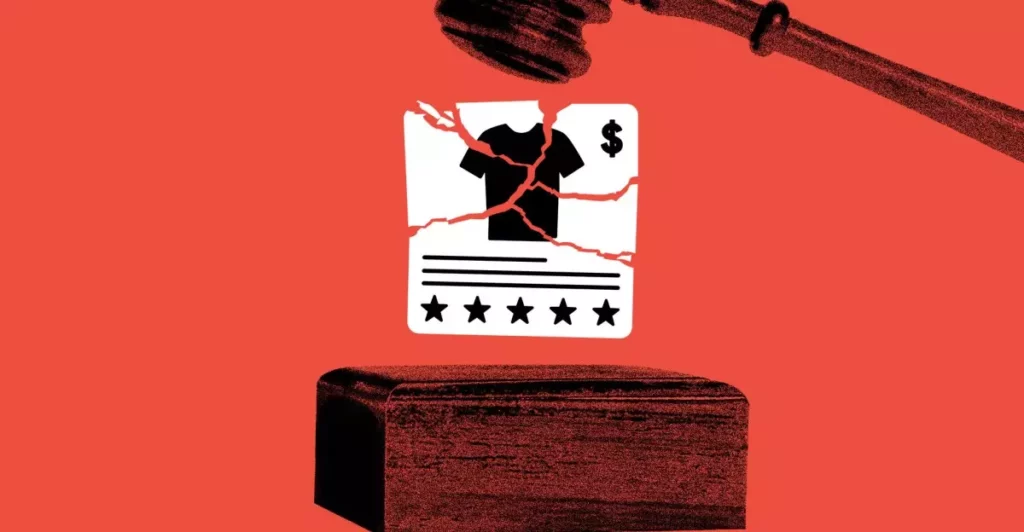

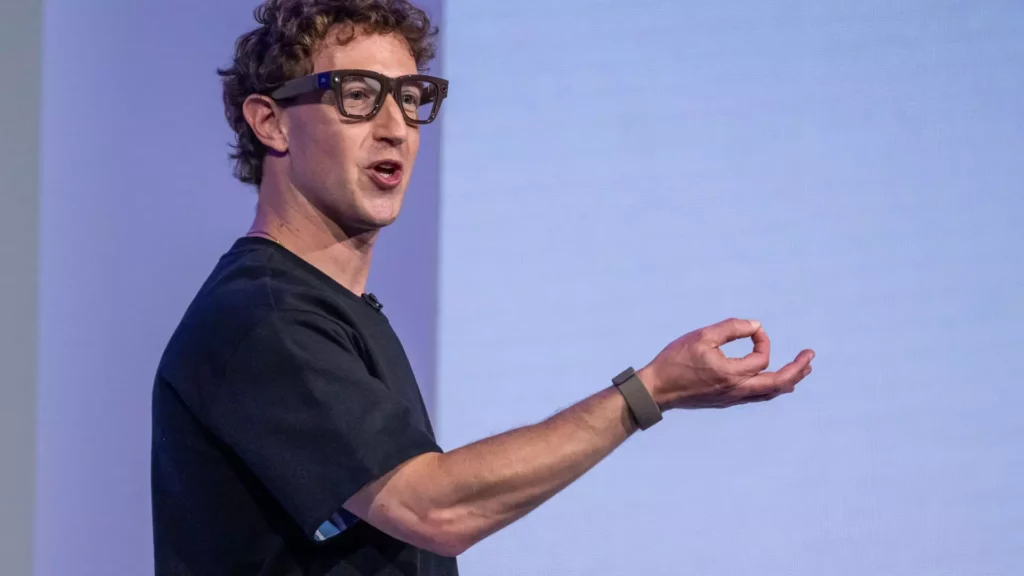

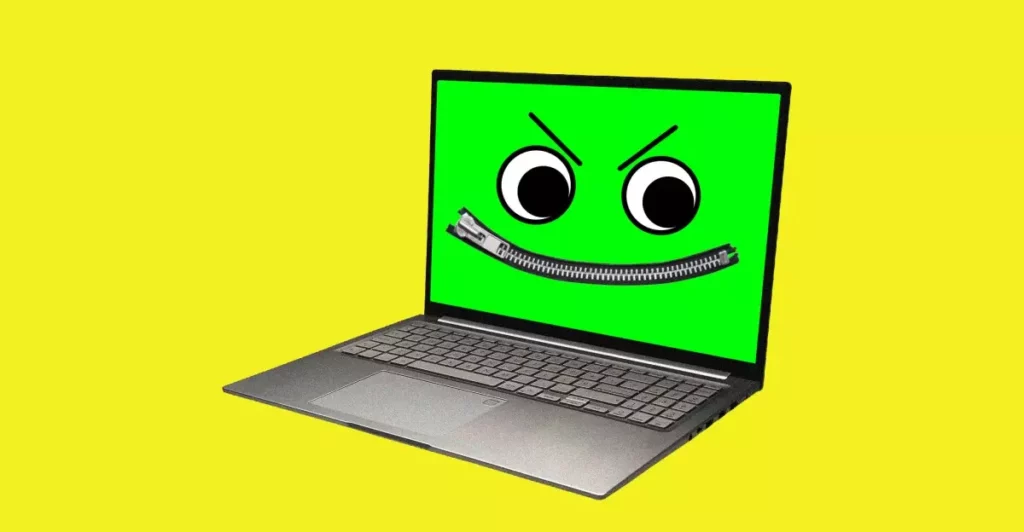
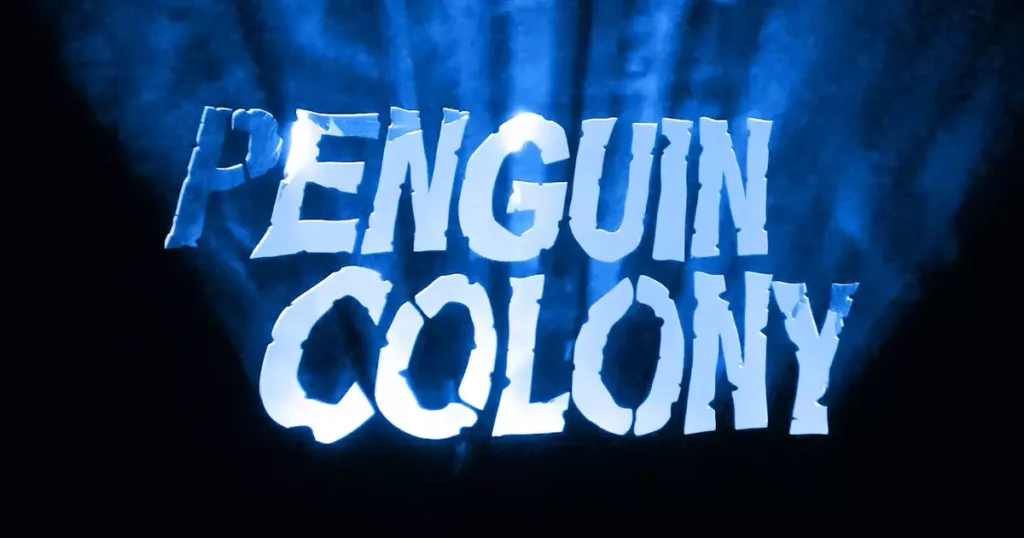

Leave a Reply